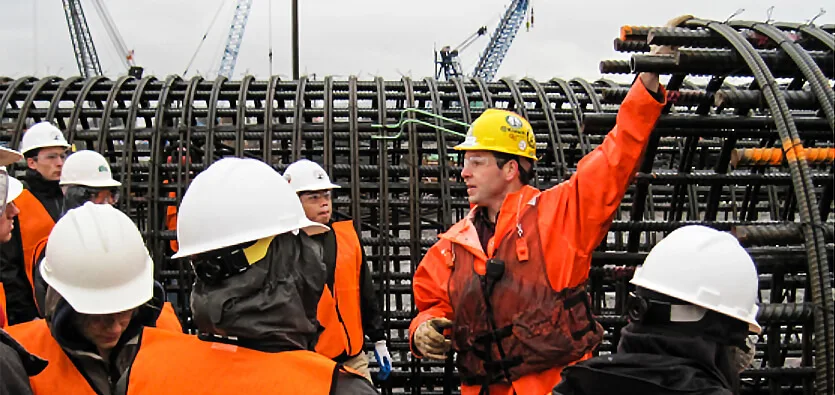
Fiber Reinforced Plastic (FRP) products have gained significant traction in multiple industries due to their exceptional versatility and unique composition. From aerospace to automotive, marine to infrastructure, FRP products offer a wide range of applications and benefits.
In this blog, we have delved into the diverse industries that have welcomed FRP with open arms and peeked into the details of how these innovative materials have revolutionised the respective sectors.
The aerospace industry demands lightweight materials without compromising strength and safety. FRP composites provide an ideal solution as they offer high strength-to-weight ratio, making them perfect for aircraft components. From interior panels and floorings to structural elements such as wings and fuselages, FRP products enable improved fuel efficiency, increased payload capacity, and enhanced overall performance.
In the automotive sector, FRP products have gained popularity for their efficiency, durability, and design flexibility. FRP composites are used in the manufacturing of various vehicle parts, including body panels, bumpers, hoods, and interior components. Their lightweight nature contributes to vehicle mileage and longer life of vehicle components, while their high impact resistance ensures enhanced safety. Moreover, FRP’s ability to mould easily allows designers to create sleek, aerodynamic shapes and innovative designs that were previously limited with traditional materials like steel and aluminium.
The marine industry poses unique challenges due to the harsh conditions encountered at sea. FRP products have become invaluable in this sector due to their resistance to corrosion and deterioration from salt water and exposure to UV radiation. Boats, yachts, and offshore structures benefit from FRP hulls, decks, and components, providing long-lasting performance, reduced maintenance, and improved fuel efficiency.
FRP products have made significant contributions to infrastructure projects worldwide. They are used to reinforce and strengthen existing structures such as bridges, buildings, and pipelines. FRP composites offer excellent tensile and flexural strength, making them ideal for structural rehabilitation and seismic upgrades. Additionally, their resistance to corrosion, chemicals, and weathering ensures extended service life and reduces maintenance costs over time.
As the world shifts towards renewable energy sources, FRP products play a crucial role in this transition. Wind turbine blades, for example, often utilise FRP composites due to their lightweight nature, high strength, and resistance to fatigue. FRP materials enable larger blade sizes, resulting in increased energy production. Moreover, FRP components are used in solar panels, enabling lightweight and durable structures that can withstand harsh environmental conditions.
The versatility of FRP products has propelled their adoption in numerous industries, revolutionising the way we design, build, and operate. From aerospace and automotive to marine, infrastructure, and renewable energy, FRP composites offer lightweight solutions, enhanced performance, durability, and design freedom. As technology advances and innovation continues, the applications of FRP products are only set to expand further, contributing to a more sustainable, efficient, and resilient future across various sectors.
Feel Free to Contact Us

One of India’s foremost manufacturers of FRP products. Our unwavering dedication to creating products and solutions that offer tangible value and services to our customers has led us to become a leading name in the industry.
Copyright © 2023 Bajrang Agencies. All Rights Reserved.
